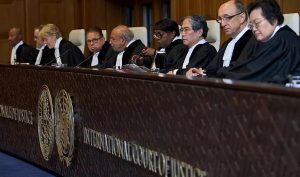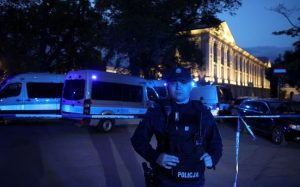Aviation experts argue poor runway design to blame for South Korea crash
2 min readAviation experts are raising concerns that poor runway design may have contributed to the deadly crash of a Jeju Air flight in South Korea. Among the experts is David Learmount, who argues that the design of the runway, rather than the mechanical failure of the aircraft, played a significant role in the tragic loss of life.
“I’m pretty shocked, actually, because whatever malfunction occurred with the airplane, preventing the pilot from lowering the flaps and landing gear, was not the direct cause of the deaths,” Learmount stated. “The passengers were killed by hitting a solid structure just beyond the runway’s end, where such a structure should not be.”
On Sunday, a commercial plane crashed after its landing gear appeared to fail. The aircraft went off the runway and slammed into a fence in southwest Korea, with the impact causing a fiery explosion. Learmount, who has extensive experience in the aviation field, argues that the pilot’s skillful handling of the aircraft was overshadowed by the runway’s poor design.
During a review of the incident, Learmount pointed out that the pilot managed the landing well under challenging circumstances. “What we saw in the video of the landing was the aircraft being put down beautifully, with its wings level and sliding on its belly. The plane was going very fast because the pilot couldn’t deploy the flaps, possibly due to a hydraulic failure following a bird strike. The aircraft had to land quickly, which is why it went off the end of the runway,” he explained. “Aircraft do occasionally overshoot runways, but you don’t place solid structures right at the overrun area. Yet, that’s what happened here.”
After the crash, the aircraft was engulfed in flames. More than 30 fire trucks and several helicopters were dispatched to extinguish the fire and rescue survivors. Tragically, only two of the 181 passengers on board survived the disaster.
In light of the crash, officials have begun considering whether the fence that the plane struck could have been made from materials that would break apart more easily upon impact. Such a design change could potentially have prevented or minimized the severity of the collision, sparing more lives.
The incident has reignited discussions about the importance of runway safety and proper design, with experts urging a re-evaluation of safety protocols to prevent future tragedies. While the failure of the landing gear is still under investigation, the crash underscores the crucial role of runway design in mitigating the risks associated with emergency landings.








